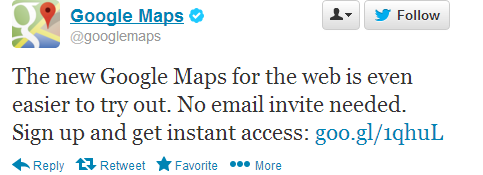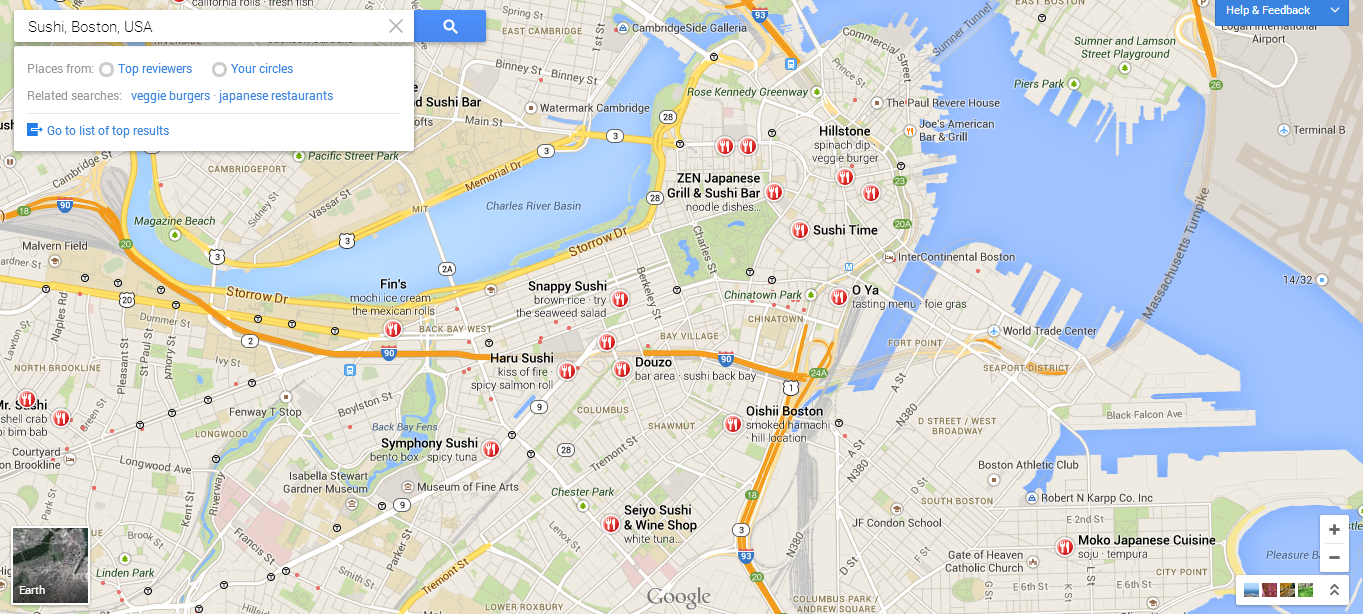Yesterday, Google announced in a Tweet that the new Maps application had officially been released to the public. Those interested can instantly access the platform without an email invite. As consumers embrace the new platform, it will be essential that brands establish Google+ Local pages to show up in local search results.

Brafton recently reported this might rely on companies’ Google+ profiles and Zagat participation, because Maps pulls data from these sources that are owned by the search engine.
In addition to building Google+ marketing campaigns, companies should anticipate how new features will alter consumers’ search behavior. Fresh functions include:
1. A new search bar that allows users to do more than find businesses and places. It can also pull up recent queries, provide quick directions and supplement results with transit, traffic and bicycling information.
2. Results show directly on the map. A search for “Sushi, Boston, USA,” provides a map with relevant restaurants highlighted. This is a departure from previous versions, which listed businesses to the left of the map with contact information. Users must click on the map icons to see phone numbers and precise addresses.
3. Info cards are the new method for displaying additional information such as directions, website addresses, phone numbers, photos, reviews and menus.
4. Street views and new angles with a single click. Tapping the map shows a street view of selected areas, and Google Maps now publishes thumbnail images in a carousel at the bottom of the screen, showing pictures that are related to or nearby users’ queries. The screen can also be tilted to show different angles, providing users with a more comprehensive view for consumers.
The official release of Google Maps serves as a reminder that marketers must keep local SEO at the heart of their online advertising practices. Failure to innovate and update can cause companies to fall out of desktop or mobile SERPs and forfeit conversion opportunities.





